Taking control of your environmental impact is elementary.
October 10th, 2008
‘Wattson’ – as in ‘What’s on?’ – is an energy-monitoring device designed by London-based design company, DIY Kyoto.
‘Wattson’ (a portable wireless unit), and ‘Holmes’ (companion software) work in unison to monitor and display household energy use and can help users save up to 25% on their energy costs.
How it works is quite simple: ‘Wattson’ communicates with a sensor clip that is attached to the main’s electricity cables. Energy use is then transmitted back to the unit, where it is stored and displayed in either watts or dollars.
The stored information is viewed by plugging ‘Wattson’ into a computer via a USB port, where the ‘Holmes’ software displays charts and graphs of the information. The system allows you to see how much you’re spending on electricity, when you use it most, and how to reduce what you use.
Lights and a ’glowing’ effect are visual indicators of the device. Comparisons with colour are made to indicate energy use – blue glow indicates low-level energy use, while red glow indicates high-level energy use.
‘Wattson’ is designed for disassembly, being constructed without the use of adhesives, and is packaged using lightweight recycled card, further emphasising its design-for-environment considerations.
‘Wattson’ will be made available in Australia through neco.com.au, in November 2008 and is expected to retail between $249 and $299.
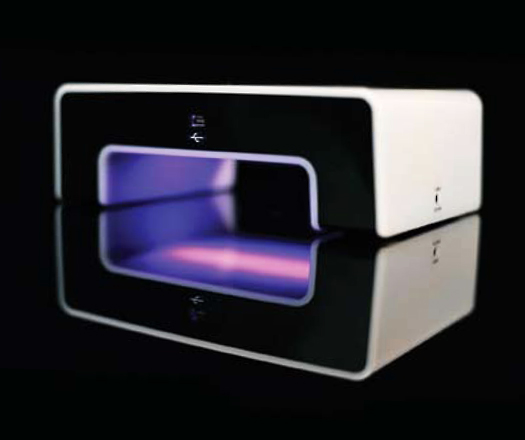
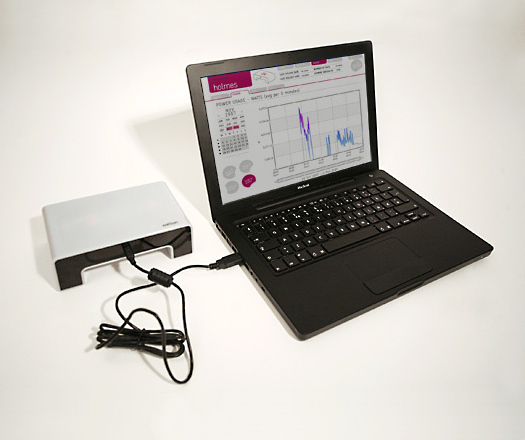
INDESIGN is on instagram
Follow @indesignlive
A searchable and comprehensive guide for specifying leading products and their suppliers
Keep up to date with the latest and greatest from our industry BFF's!
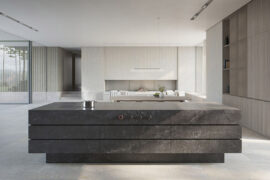
For those who appreciate form as much as function, Gaggenau’s latest induction innovation delivers sculpted precision and effortless flexibility, disappearing seamlessly into the surface when not in use.

For Aidan Mawhinney, the secret ingredient to Living Edge’s success “comes down to people, product and place.” As the brand celebrates a significant 25-year milestone, it’s that commitment to authentic, sustainable design – and the people behind it all – that continues to anchor its legacy.

London-based design duo Raw Edges have joined forces with Established & Sons and Tongue & Groove to introduce Wall to Wall – a hand-stained, “living collection” that transforms parquet flooring into a canvas of colour, pattern, and possibility.
Firm brings old-world luxury back to Melbourne with the latest addition to the city’s club scene.

Workplace comfort and wellbeing need not come at the expense of style. Scandinavian Business Seating shows how with HÅG Tribute.
The internet never sleeps! Here's the stuff you might have missed
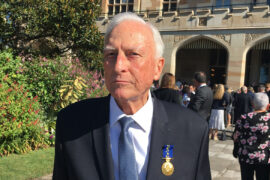
The Australian marketing and advertising community is mourning the loss of Murray Robert Pope, a distinguished marketing strategist and community leader who passed away peacefully at his home on October 20th, 2025.
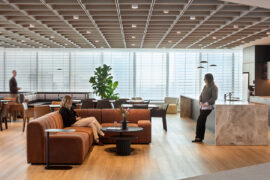
GroupGSA delivers MUFG Pension & Market Service’s Sydney HQ with a dual Japanese–Australian identity, blending precision, warmth and workplace flexibility.